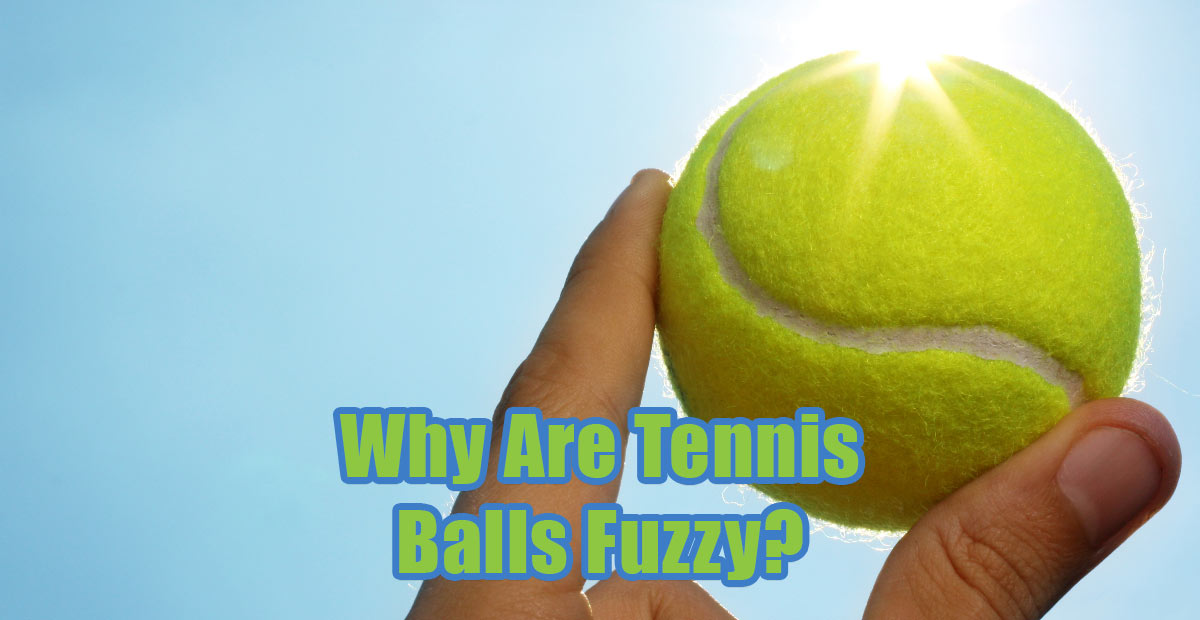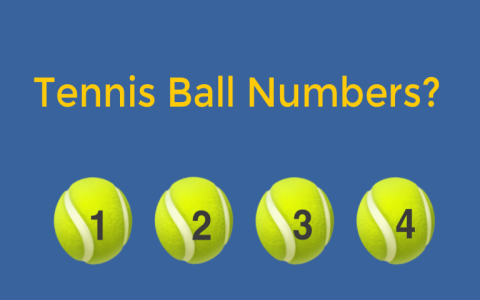So, the other day, I was watching a tennis match, and I noticed something I’d never really thought about before. You know how tennis balls are all fuzzy? I got to wondering, why is that? It’s not like they come out of the factory like that, right?
I grabbed my phone and started digging around. Turns out, there’s a pretty good reason for the fuzz. It’s not just for looks or to make them feel nice, though that’s a bonus.

Why do tennis balls have fuzz?
First off, I watched some videos, and one of them explained it pretty well. The fuzz actually helps with how the ball moves through the air. Can you believe it? Without the fuzz, the ball would just zip around all over the place, making it super hard to hit.
Then, I read a couple of articles to get into the nitty-gritty. Apparently, the fuzz creates what they call “drag.” It’s like a gentle resistance that slows the ball down just enough. This makes the game more playable because you can actually react to where the ball is going.
- Movement: The fuzz helps control the ball’s speed and direction.
- Precision: With the right amount of fuzz, players can hit the ball more accurately.
- Durability: The fuzz also protects the ball from wearing out too quickly, which is important because those things get smacked around a lot.
I also learned that the type of fuzz can change depending on the surface the game is played on. For example, clay courts might use balls with a bit more fuzz to slow them down even more. Pretty neat, huh?
So, after all that digging, I finally understood why tennis balls are fuzzy. It’s not just some random design choice; it actually makes the game better. Who knew something so simple could have such a big impact?
I tried to find some more in-depth explanations, but honestly, most of it was filled with all sorts of technical terms that just went over my head. The basic idea is that the fuzz helps control the ball and makes the game more fun to play and watch. I guess that’s all that really matters, right?












